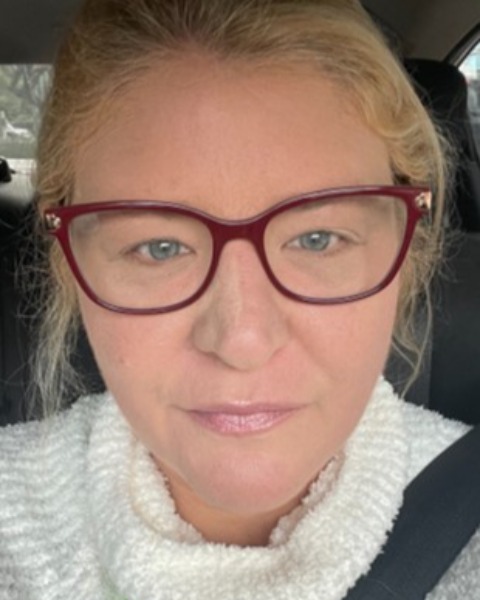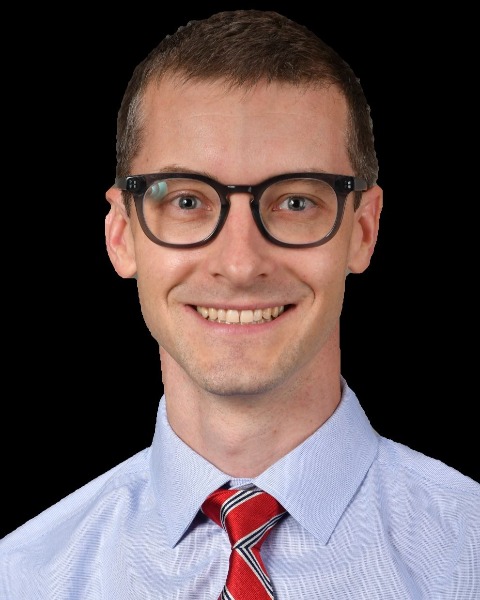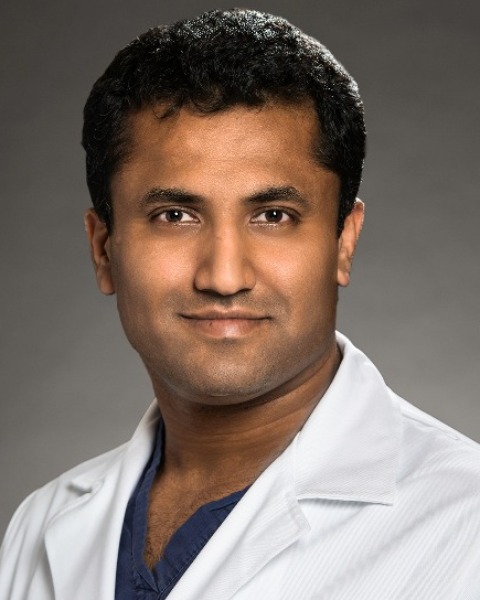Fetus
Poster Session 3
(805) Morphometric Analysis of Spina Bifida(SB) to Associate Pre-operative Severity and Clinical Outcomes after Fetal Repair
- LM
Lovepreet Mann, MBBS (she/her/hers)
McGovern Medical School at UTHealth Houston
Houston, TX, United States - SP
Shreya Pandiri, BS
McGovern Medical School at UTHealth Houston
Houston, TX, United States 
Jeannine Garnett, PhD (she/her/hers)
Program Manager, Research - Ob/Gyn Maternal Fetal Medicine
McGovern Medical School at UTHealth Houston
Houston, TX, United States- JW
Jong Won, PhD
McGovern Medical School at UTHealth Houston
Houston, TX, United States 
Eric P. Bergh, MD
Assistant Professor
McGovern Medical School at The University of Texas Health Science Center at Houston (UTHealth)
Houston, TX, United States- HN
Hope Northrup, MD
Professor; Director, Division of Medical Genetics
McGovern Medical School at UTHealth Houston
Houston, TX, United States - KA
Kit Sing Au, PhD
Associate Professor
McGovern Medical School at UTHealth Houston
Houston, TX, United States - EG
Elin Grundberg, PhD
Associate Professor
Children's Mercy Adele Hall - Genomic Medicine Center
Kansas City, MO, United States - BM
Brandon Miller, MD
Assistant Professor, Division Of Pediatric Neurosurgery
McGovern Medical School at UTHealth Houston
Houston, TX, United States - MA
Mary Austin, MD
Pediatric Surgeon
McGovern Medical School at UTHealth Houston
Houston, TX, United States 
Kuojen Tsao, MD
Chief of Pediatric Surgery
McGovern Medical School at Houston, UTHealth Houston
Houston, TX, United States- SF
Stephen A. Fletcher, DO
Neurosurgery, Pediatric Neurosurgery
McGovern Medical School at UTHealth Houston
Houston, TX, United States 
Ramesha Papanna, MD, MPH
Professor
McGovern Medical School at UTHealth Houston
Houston, TX, United States
Primary & Presenting Author(s)
Coauthor(s)
Study Design:
We studied a prospective cohort of patients who underwent fetoscopic spina bifida repair from 2020-2023. We used high-resolution images and videos obtained during surgery to categorize lesions into 5 types (Table) based on placode exposure and stretching nerve roots. Pre-operative baseline characteristics such as ventricle measurement, tonsillar herniation level, lower extremities movement, and lesion dimensions were compared. Also, surgical time, need for patch for skin closure, gestational age at delivery, PPROM, and neonatal CSF diversion were compared. The reproducibility of the lesion classification was confirmed via Kappa inter-rater agreement.
Results: 57/60 lesions had available images of sufficient quality for classification. The most common lesion type was Type 2. Baseline characteristics show greater lateral ventricle dimensions in Type 2 than in Type 1 and Type 4 lesions (Table), but no differences in other variables. Type 4 and 5 lesions received patch skin closure. However, the PPROM rate was high in Type 1 lesion pregnancies, which resulted in earlier gestational age at delivery. For lesion classification, there was 96.4% agreement between examiners (p < 0.0001).
Conclusion: Type 2 lesions present with severe ventriculomegaly; plausible explanation is nerve roots stretching and placode exposure leading to altered CSF dynamics or vice a versa. The surgical approach for skin closure varies based on the type. Also, the unusually high rate of PPROM and preterm birth in Type 1 lesions needs further investigation. Findings have important implications in patient counseling.

